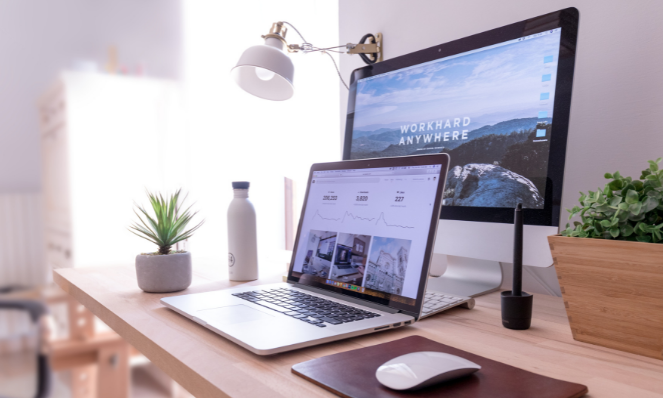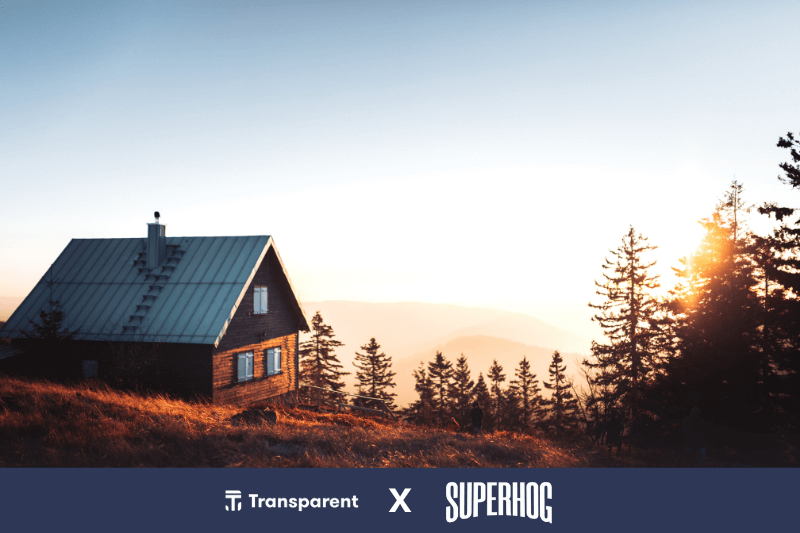This is a guest post from Jade Tinsley, Head of Marketing at Transparent.
Throughout the global pandemic, the rise of non-urban vacation rental trips has been talked about as a potential trend to guide investment and operations.
Transparent’s data illustrates the impact on different short-term rental destination types throughout the course of the industry’s recovery relative to pre-pandemic times.
Which destination types have benefited during the recovery?
In order to compare recovery rates, we have broken down the trips into destination types. We compiled and explored the data from urban, rural, beach, lake and ski resorts.
From the data, we can see that for the vast majority of 2021, rural and beach/lake trips have been positive in respect to 2019.
In fact, rural trips have averaged 27% higher throughout the course of the year so far, compared to the same 2019 period. Beach and lake trips are up 6% so far.
Ski resorts are slightly down overall (5%), likely due to most restrictions being lifted following Europe’s ski season.
Overall, non-urban destination types have seen a 9% increase in 2021 compared to 2019, with a 9% drop for stays in urban markets. So what have the repercussions been for this shift in demand?
What impact has the rise of non-urban vacation rental trips had on ADR in different destination types?
The next place to dissect is pricing, as this tends to reflect the confidence property managers have in demand and their occupancy. This of course results in huge swings in revenue per stay and overall revenue.
Despite showing slightly less occupancy through the year, the average daily rate for short-term rentals based in ski resorts has been 37% higher - the strongest showing of all resort types.
Overall, a night’s stay in non-urban markets have cost 26% more in 2021 than in 2019, while urban stays have seen a smaller 8% increase in price.
However, it must be said that the general increase seen in ADR for vacation rentals in post-pandemic travel can be seen as extremely encouraging.
What does this mean for Property Managers in the vacation rental industry?
Of course for those property managers with wholly urban inventory, this isn’t welcome news, but regardless, there’s always a lesson to be learnt.
Major cities are unlikely to experience significant drops in reservations in the long term, as they have a big pull for tourists.
However, the purpose of those visits might well change. For example, business travel is looking to be permanently altered (at least for now!).
For urban short-term rental property managers, therefore, a different approach should be taken when it comes to your property set-up, marketing and distribution.
Property managers can influence the type of stays they attract by better equipping rentals with amenities and luxuries for a certain type of stay.
Furthermore, advertising this in your listings - an emphasis on homely touches or particular amenities in photos and headlines will have a positive impact on bookings.
This is also useful advice to those with non-urban inventory: perhaps home workstations and good WiFi are the things to shout about for remote workers?
Pricing is, as always, a consideration too. Be sure to be aware of the latest market data on pricing in your local area so that you can align with your competition and as demand fluctuates, you can adjust your rates and maximise your occupancy levels.

What about distribution?
Different platforms have different guest profiles in regards to the type of booking they attract, and therefore there tends to be a different prioritisation of platforms for different inventory types.
Understanding the performance data across platforms for your different property types is really useful when it comes to where you should dedicate your time.
Then there’s the impact of how you approach growth. When prospecting for new properties go for those more relevant to your growing guest demographics.
Speaking of growth, property managers can also use this information to prioritise the properties that are achieving the lion’s share of occupancy and adjust their prices accordingly to increase their profits.
Don’t forget, there are tools to help you to appraise property performance projections.
Conclusion
The aftermath of COVID-19 looks to be pushing things in a positive direction for the short-term rental industry. The demand is there to be capitalized on, but the goalposts have moved.
Staying up to date and aware of industry trends and how to adapt your strategy has never been more crucial.
This disruption heightens the importance and power of data. Having visibility over your markets and a context for your inventory allows you to optimise pricing, occupancy, distribution and also prospecting.
Transparent has a data dashboard for everyone, from free to PRO.
